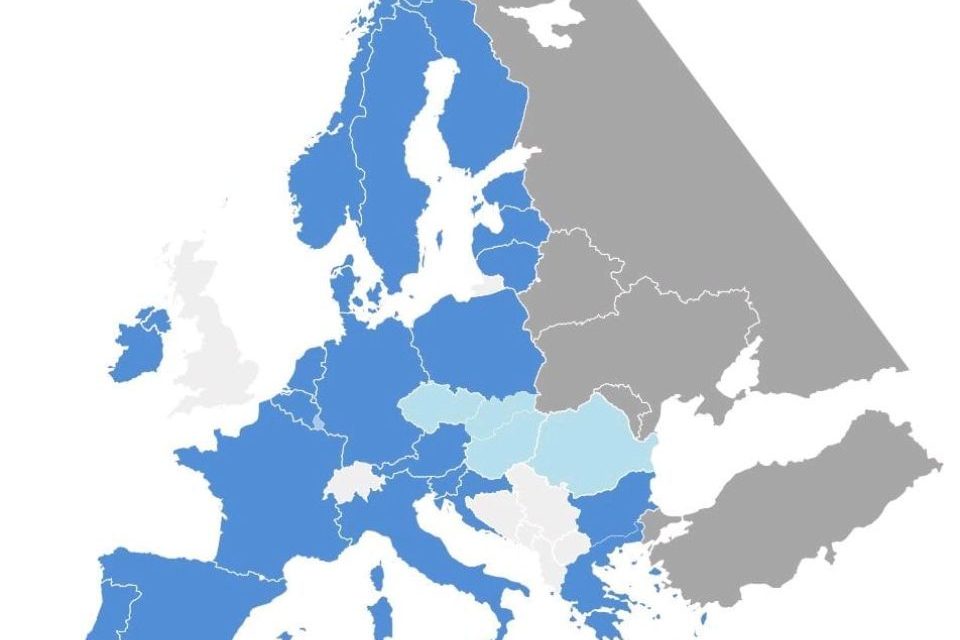Transelectrica announces the successful operationalization of the market coupling project for the next day

Markets for the next day 4M MC (coupling markets in the Czech Republic, Slovakia, Hungary and Romania) are now integrated into the pan-European market for the next day of electricity, Transelectrica announces.
On 17 June 2021, for the first time, cross-border capacity for the next day, on six new interconnections (PL-DE, PL-CZ, PL-SK, CZ-DE, CZ-AT, HU-AT), was implicitly allocated via the Euphemia algorithm. Price coupling allows the simultaneous determination of electricity prices and cross-border flows throughout the region as part of the European internal market. The efficient use of the energy system and cross-border infrastructure, generated by closer coordination between energy market stakeholders, maximizes social welfare for the benefit of all market participants.
Interim Coupling was initiated in December 2018, following a request from national regulators in Romania, Germany, Austria, Poland, the Czech Republic, Slovakia, Hungary and to further develop the regional integration of electricity markets for the next day. The project aimed at coupling the borders of 4M MC (coupling the markets of the Czech Republic, Slovakia, Hungary and Romania) with multiregional coupling (MRC), by introducing the implicit allocation of net transport capacity (NTC), on the six borders mentioned above.
The new successful coupling is the result of close cooperation between OPEED- in the Interim Coupling Project (EPEX SPOT, EXAA, HUPX, Nord Pool EMCO, OKTE, OPCOM, OTE, TGE) and OTS (50Hertz, APG, ČEPS, MAVIR, PSE, SEPS, Tennet DE, Transelectrica), together with the respective NRAs (ANRE, BNetzA, E-Control, URE, ERU, URSO, MEKH).
This market coupling, based on NTC, is an important step towards achieving SDAC. The next step is to introduce the flow-based capacity calculation method into the Core FB MC project, which is the target model for the next day’s market coupling.
SDAC allocates limited cross-border transmission capacity in the most efficient way by coupling wholesale electricity markets in different regions through a common algorithm, while taking into account cross-border transport constraints, thus maximizing social welfare.
The aim of the SDAC is to create a single cross-border cross-European energy market for the next day. An integrated next-day market increases overall trading efficiency by promoting effective competition, increasing liquidity and enabling more efficient use of production resources across Europe.














